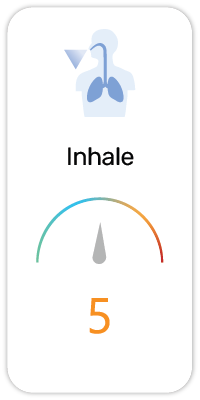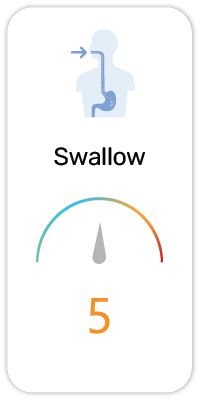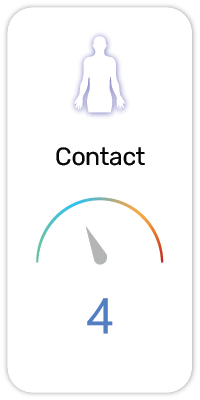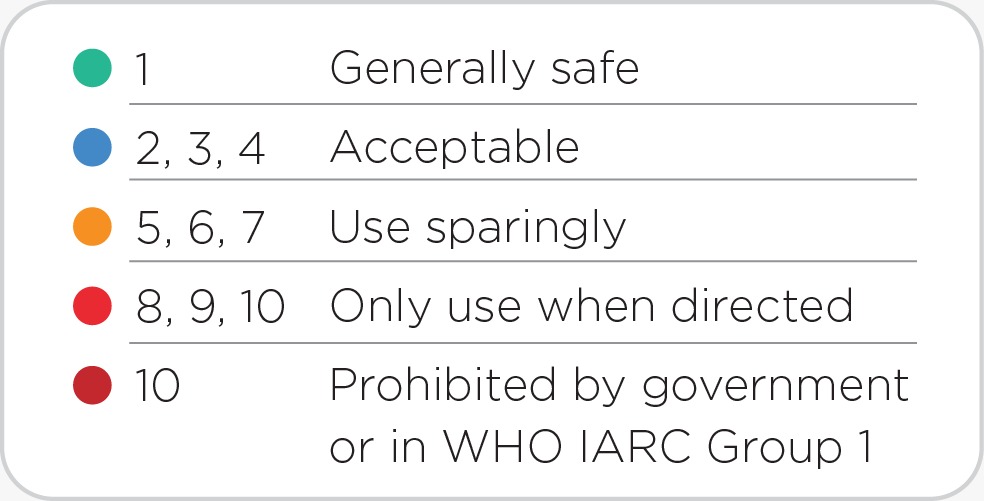Triethanolamine(in 26,333 products)
Potential Risk Index®:
About:
Functions:
1. Acidity Regulator / Buffering Agent - Changes or maintains the acidity or basicity of food/cosmetics.
2. Binder / Stabilizer - Retains the physical characteristics of food/cosmetics and ensure the mixture remains in an even state.
3. Contaminant / Impurity - Unintended/unwanted by-product
4. Emulsifier - Allows water and oils to remain mixed together to form an emulsion.
5. Flavor / Flavoring / Flavor Enhancer - Provides or enhances a particular taste or smell.
6. Fragrance / Fragrance Component - Provides or enhances a particular smell or odor.
7. Surfactant - Reduces the surface tension to allow mixtures to be formed evenly. Emulsifier is a specific type of surfactant which allows two liquids to mix together evenly
Triethanolamine is a commonly used ingredient in cosmetics and personal care products, as well as some food products. It acts as a pH adjuster and emulsifier, helping to balance the pH levels of products and keep ingredients evenly mixed.
In cosmetics and personal care products, Triethanolamine can be found in products such as moisturizers, shampoos, and shaving creams, where it helps to improve the performance and stability of the product. In food products, it is used as a flavor enhancer, helping to bring out the best in the other ingredients.
Overall, Triethanolamine is a versatile and effective ingredient that can help to improve the performance and stability of cosmetics and personal care products, as well as the taste and texture of food, making it a popular choice for those looking for a natural and effective product.
Scientific References:
1. PubChem: https://pubchem.ncbi.nlm.nih.gov/compound/7618
Regulatory References:
1. EU CosIng Annex III, SUBSTANCES WITH RESTRICTIONS IN COSMETIC PRODUCTS [2018]
- Ref: III/62
2. WHO International Agency for Research on Cancer (IARC) - Group 3 [2018]
- Triethanolamine
3. International Fragrance Association Transparency List [2015]
- Triethanolamine
Safety and Hazards (UN GHS):
1. Causes skin irritation (H315)
2. May cause an allergic skin reaction (H317)
3. Causes serious eye irritation (H319)
4. May cause respiratory irritation (H335)
Potential Health Concerns For:
1. Dermatitis, Atopic (PubMed ID:15218738)
User Comments:
Submit








